When virtual meetings became the norm, we had to figure out virtual etiquette together. Now, as we move into a hybrid work world, some of those rules have evolved. With remote and hybrid work still widespread, keeping up with virtual meeting etiquette is important.
As we shifted to remote work in 2020, many of us became familiar with common mistakes made during virtual meetings. Whether you’ve forgotten or not experienced them, read on to learn what to do or avoid in your next meeting.
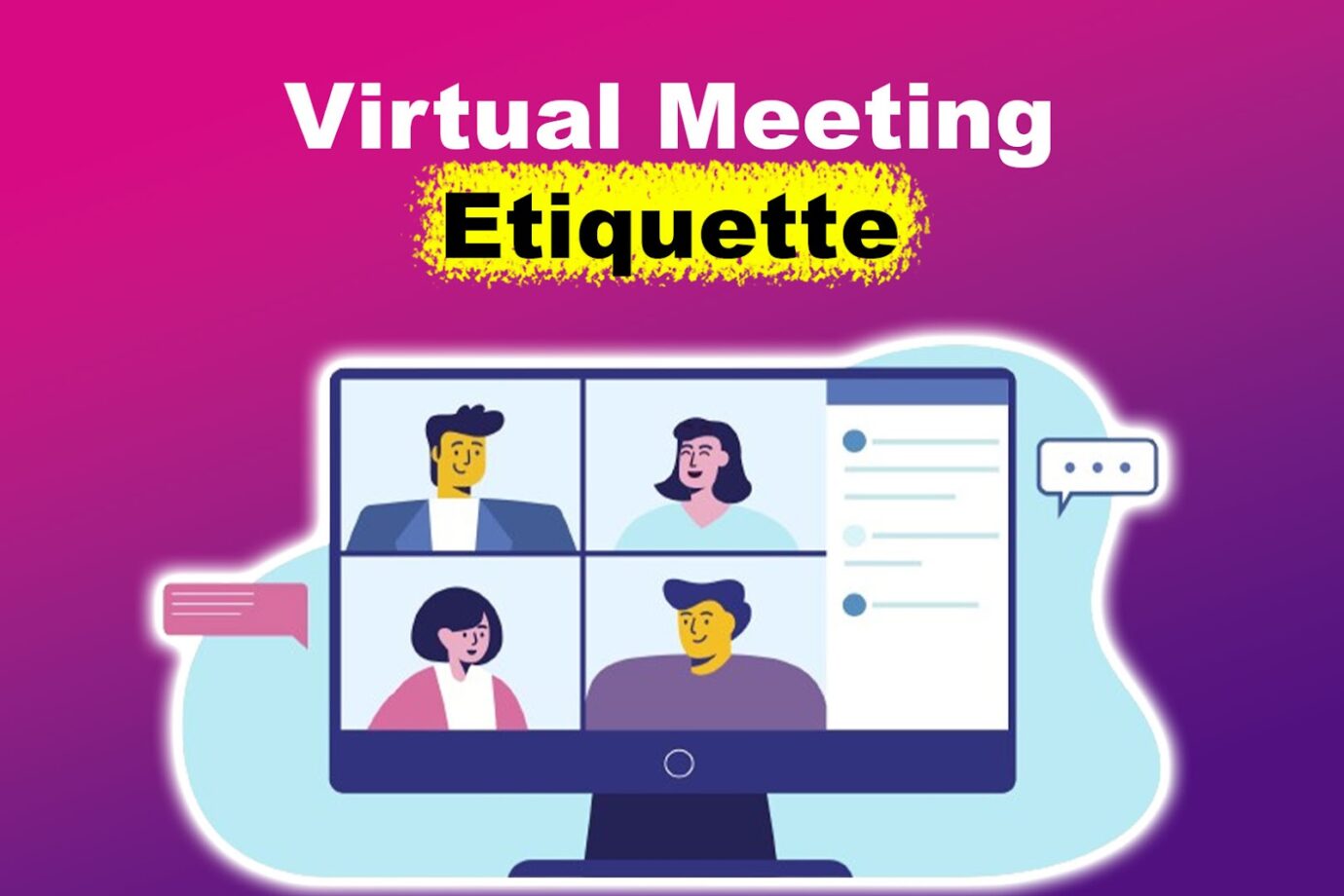
If you are the meeting host, make sure to add a few remote team-building activities to your meeting to keep everyone active.
What Is Virtual Etiquette and Manner?
Virtual etiquette and manners are guides that help remote workers navigate online meetings smoothly. It’s all about setting up friendly and professional vibes, just like having a roadmap for good behavior.
Companies can make things even easier by providing resources that outline expectations. If your company does not have specific rules, following some basic principles can still make a big difference. Just keep in mind the golden rules of respect and good manners.
Virtual meetings have quirks, so it’s important to stay on top of things and keep everyone informed. Being punctual is just as important in the virtual world as in person!
Why Is Etiquette Important in Online Meetings?
These are the reasons why etiquette is important in online meetings:
- It Creates a Positive Environment & Builds Trust. Virtual meeting etiquette rules contribute to a positive meeting atmosphere, minimizing conflict and encouraging teamwork. Respectful conduct in meetings builds trust among participants, leading to more successful outcomes and collaboration.
- It Ensures Professionalism. Following meeting etiquette demonstrates professionalism and shows that you value your work and the perspectives of others.
- It Improves Efficiency & Communication. Clear agendas and expectations can lead to more efficient meetings, reducing time wasted on irrelevant discussions. Proper etiquette promotes effective communication among all meeting participants, fostering understanding and clarity.
Overall, virtual meeting housekeeping rules contribute to online meetings’ effectiveness, efficiency, and professionalism, leading to more productive outcomes.
9 Virtual Meeting Etiquette
Now that we’ve established what virtual meeting etiquette means and why it’s important in virtual meetings, let’s delve into some tips for your virtual meetings.
Here are the most important virtual meeting etiquette rules:
1. Be Punctual and Efficient

Being punctual and efficient is one of the best practices for virtual meetings. Arriving early for meetings, whether they’re in person or online, is a smart move.
Log onto Zoom or your preferred virtual meeting tool a few minutes before the meeting starts to ensure everything runs smoothly. This allows you time to address any technical issues before the meeting begins.
Once the meeting begins, try to stick to the schedule and end on time. Having someone keep things on track and focused on the main points can be helpful. This will help avoid wasting time and prolonging the meeting.
2. Dress Properly
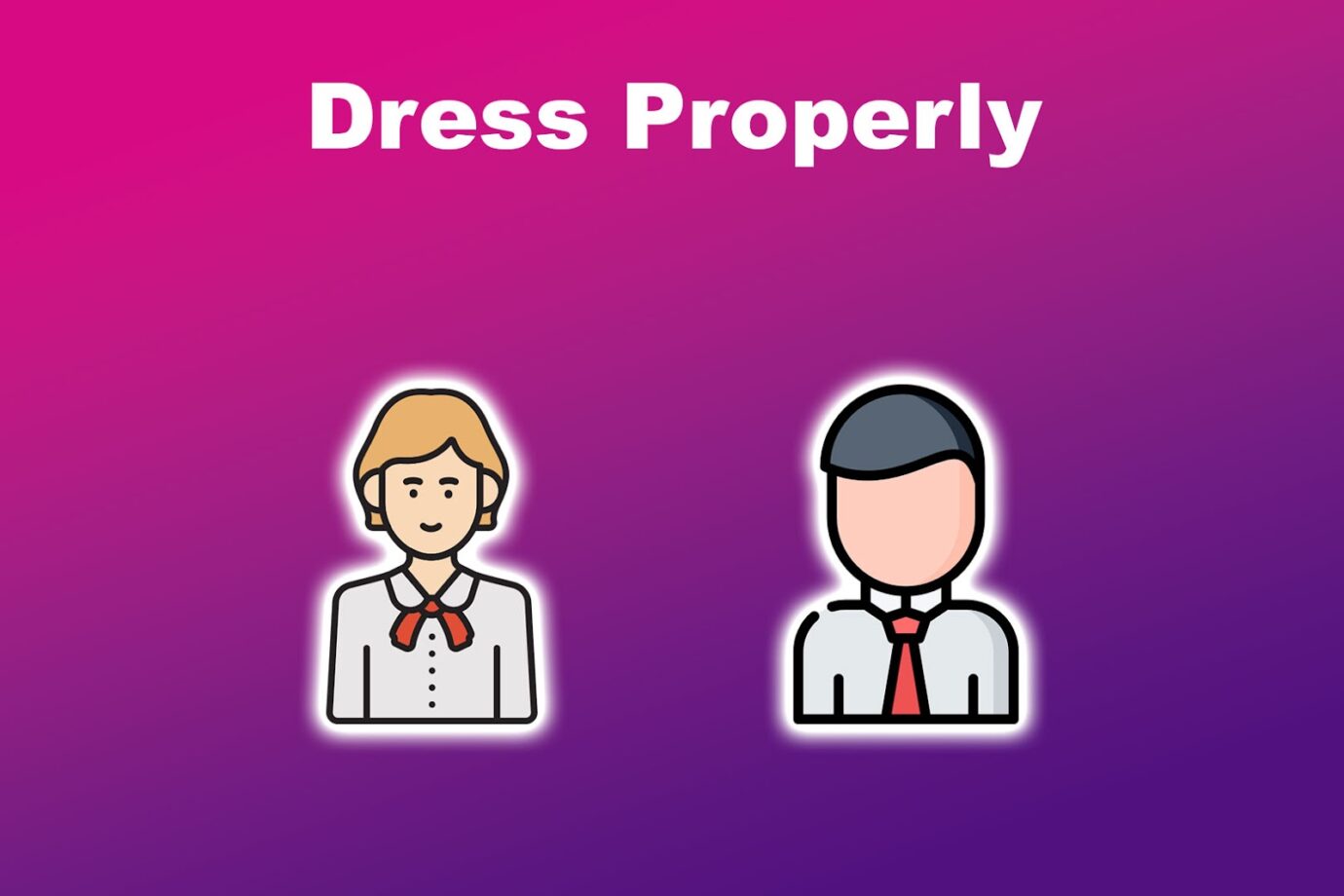
Dressing up for your virtual meeting is a great way to show commitment and respect for your job. While casual clothes may be your go-to for most days, it is important to dress professionally for meetings.
When you see your colleagues dressed professionally, you’ll want to match their level of professionalism.
A virtual meeting tip is to wear a professional top that helps you blend in and feel confident among those dressed formally. It’s all about feeling your best and making the most of your workday.
Read more about the benefits of dressing properly on LinkedIn.
3. Stay Muted Unless You’re Speaking

During a group video call, it is best to mute yourself unless you are speaking or have a question. This virtual meeting etiquette helps keep the background noise down and lets everyone focus on the presenter.
Remember, your video is still on even when you’re muted, so be mindful of your actions and words. Feel free to mute yourself if you are only there to listen or know you won’t be speaking. And don’t worry, platforms like Zoom make muting and unmuting super easy!
4. Don’t Multitask
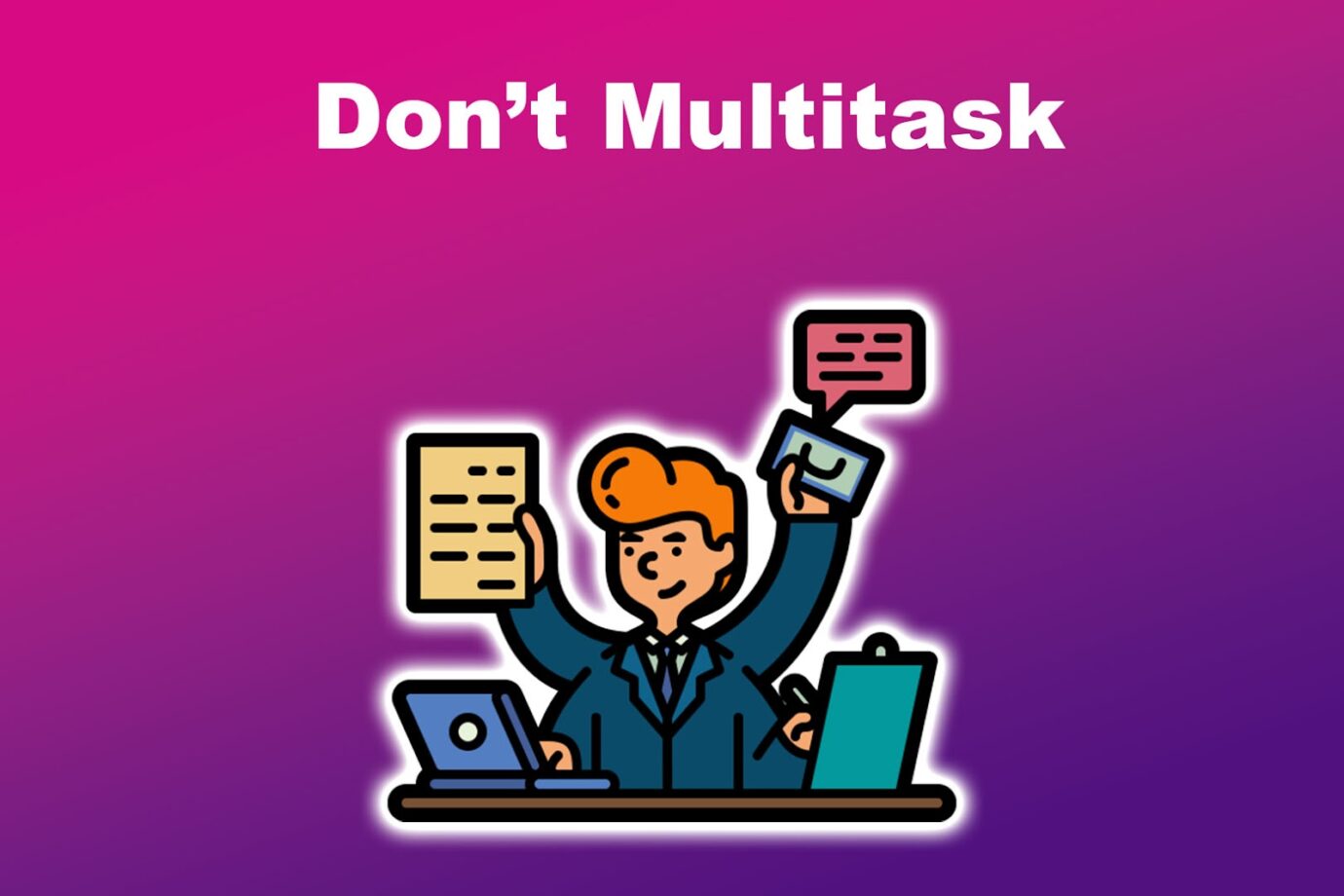
It’s tempting to multitask and check emails, texts, and apps during a call, but it’s considered impolite, even if you’re not speaking. To boost engagement, suggest that attendees turn off their phones and computer notifications.
This is one of the most common virtual meeting ground rules that most people forget.
According to LinkedIn experts, to avoid multitasking during meetings, you should prepare in advance with necessary materials, set clear expectations for the call, and eliminate distractions.
Other tips include actively engaging with your team, taking notes, scheduling breaks, and contributing additional insights.
Just like meetings, using Slack also requires manners. Find out the best Slack practices for remote work.
5. Notify the Participants When You Leave
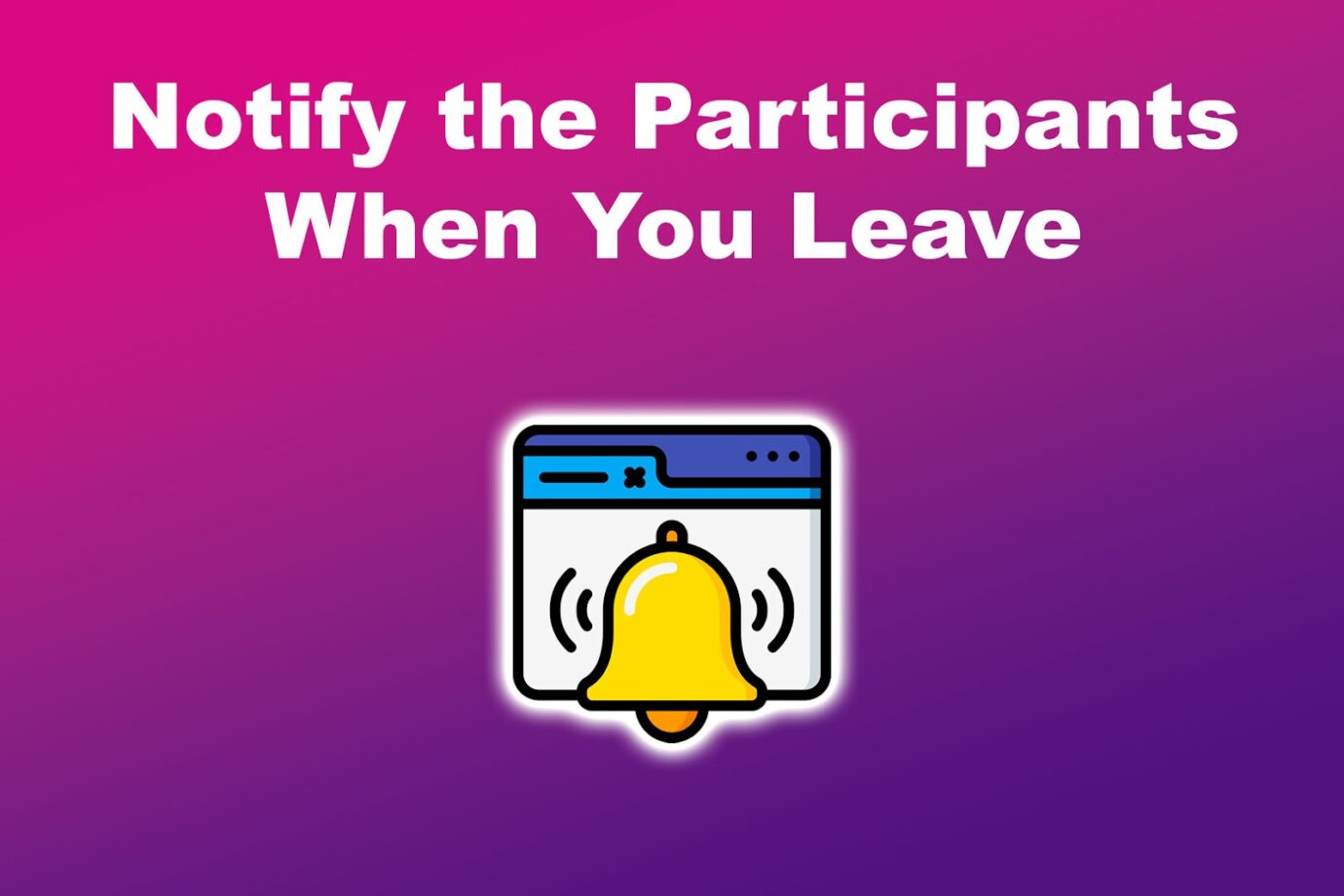
If you need to leave the room during an online meeting, excuse yourself. Whether it’s because someone is at the door or you need to attend to a family member, inform other participants before leaving.
You can explain the reason if you like, but at least let them know how long you’ll be gone and try to return promptly.
Abruptly leaving without explanation can confuse others and disrupt the meeting. It’s a virtual meeting etiquette you shouldn’t miss. To avoid awkward pauses, use the chat function in meeting tools to inform everyone before you leave.
If you’re the meeting host, make sure to assign another attendee as the host before exiting to prevent the meeting from ending abruptly.
Pro Tip! Improve the way you connect with your team using remote work communication tools.
6. Take Meeting Notes
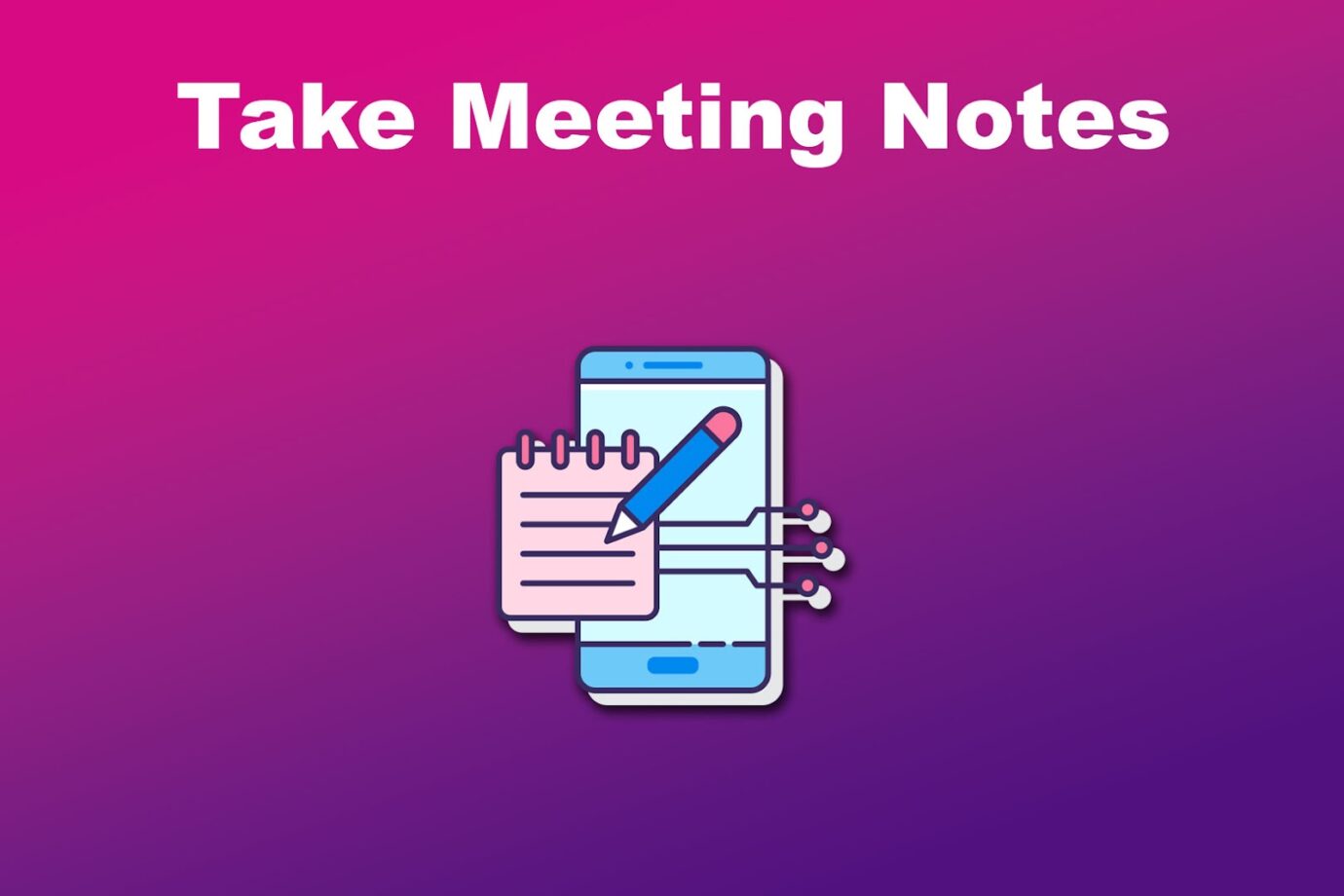
During a working meeting, it’s super important for someone to take notes for many good reasons. Firstly, jotting down stuff helps participants remember what you talked about, so you don’t end up going over the same things.
Plus, if someone can’t attend the meeting, you can share the notes with them afterward so they’re still in the loop.
Also, writing down the important stuff helps you stay focused on what you need to get done, keeping you on track and making sure you follow through.
Documenting agreements strengthens them and prevents them from getting mixed up. Including everyone’s ideas in the notes shows that you value everyone’s input and builds a sense of trust and teamwork.
Essentially, notes help you stay organized and focused by planning and deciding the next steps. Reviewing past meeting notes guides current session activities.
They’re especially useful for solo or small group work, preventing losing focus on the main goal and documenting goal evolution.
7. Speak Slowly & Look at the Camera

When speaking during virtual meetings, speaking slowly and looking directly at the camera is important. This virtual meeting camera etiquette ensures that everyone can understand your words clearly and helps project confidence and a knowledgeable persona.
Maintaining eye contact with the camera can subtly convey dominance and authority, leaving a lasting positive impression on your audience.
8. Prepare & Send Out Meeting Agenda
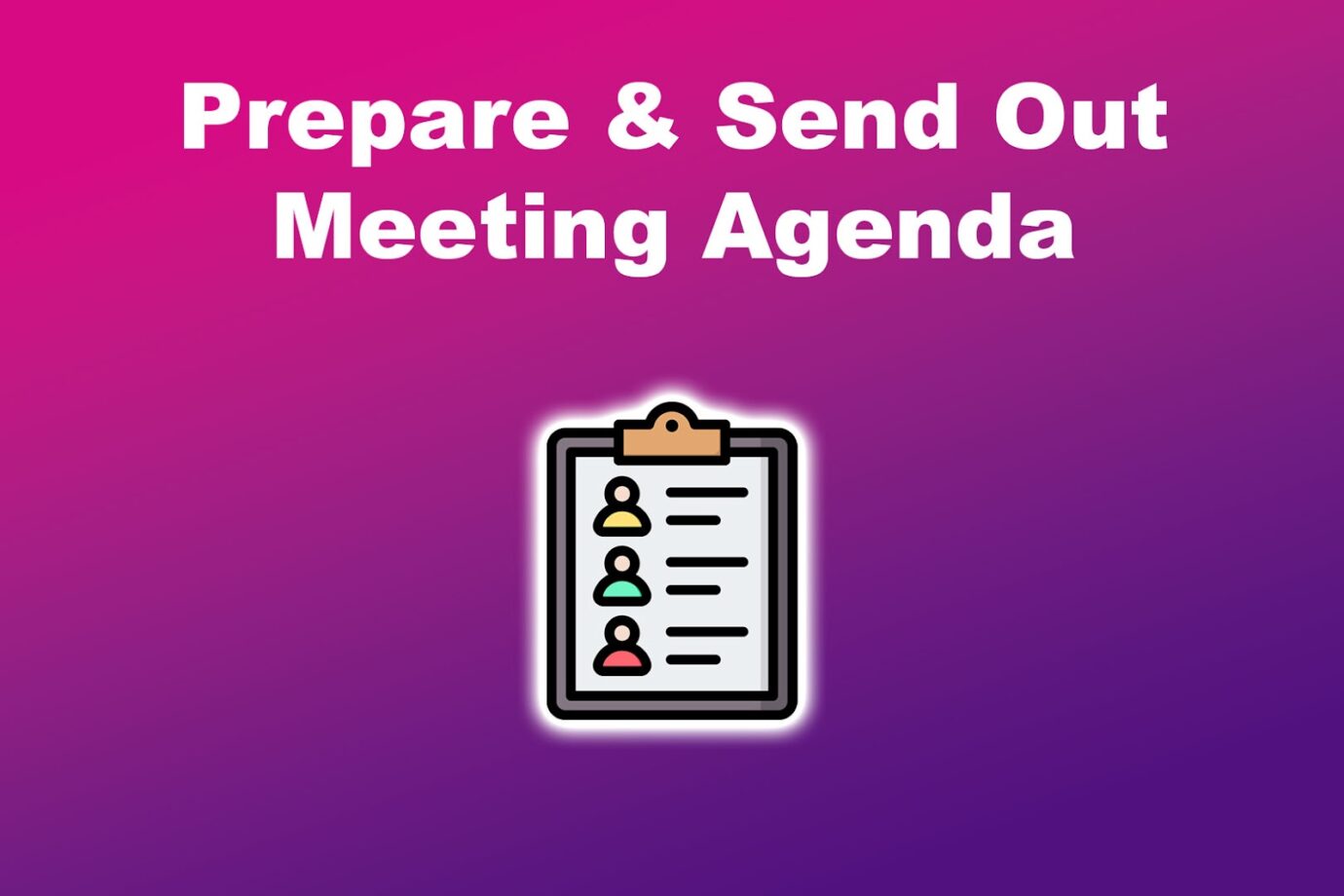
Prepare for virtual meetings by creating an agenda and sending it out. For meeting leaders, this helps organize thoughts and set meeting goals, while for attendees, it ensures everyone is prepared and understands their role. Sharing the agenda beforehand saves time and keeps the meeting focused.
Remember to leave space for social interactions to boost morale, which can also be included in the agenda.
LinkedIn provides more info on why your virtual meeting agenda matters.
9. Avoid Eating During the Call
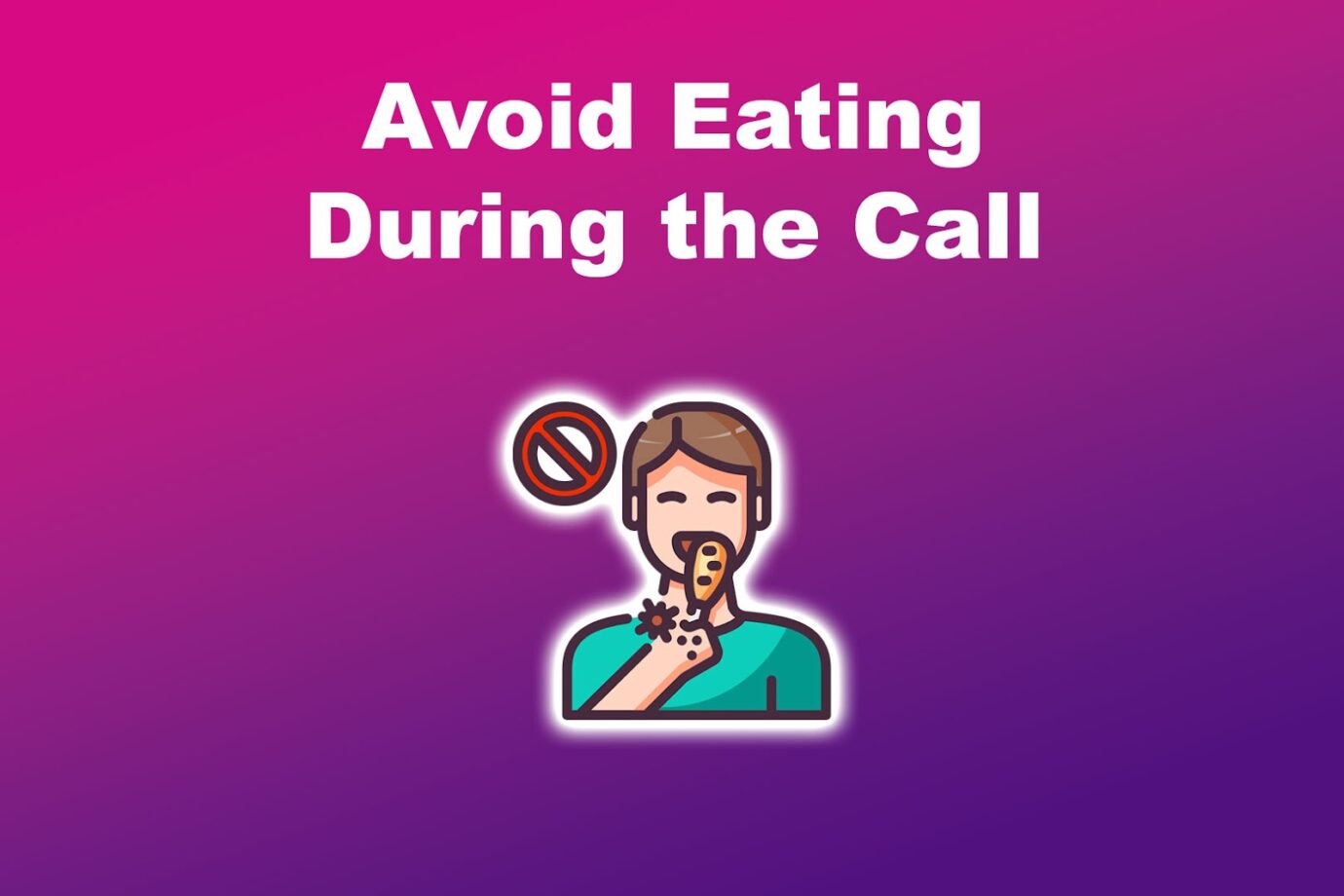
Even if you’re not using the video camera during the meeting, it’s important to remember this rule. Even if others can’t see you eating with the camera off, they might still hear you chewing or swallowing if you forget to mute your microphone.
Eating during a meeting isn’t professional and can be distracting and disrespectful to others.
If you need to eat or drink during the meeting, do it quietly with your microphone muted and camera turned off. Avoid eating and talking at the same time.
Check out this LinkedIn article for more best practices for virtual meetings.
Virtual Meetings Are Like In-Person Meetings
Virtual meetings are similar to in-person meetings because participants must still observe proper etiquette. Just as in face-to-face interactions, it’s important to be respectful, professional, and courteous towards others in virtual meetings, too.
Following etiquette guidelines like being on time, listening attentively, and engaging respectfully helps create a positive and productive atmosphere for everyone involved.
Whether you’re meeting online or in person, practicing good virtual meeting etiquette ensures that our discussions run smoothly and everyone feels valued and heard.